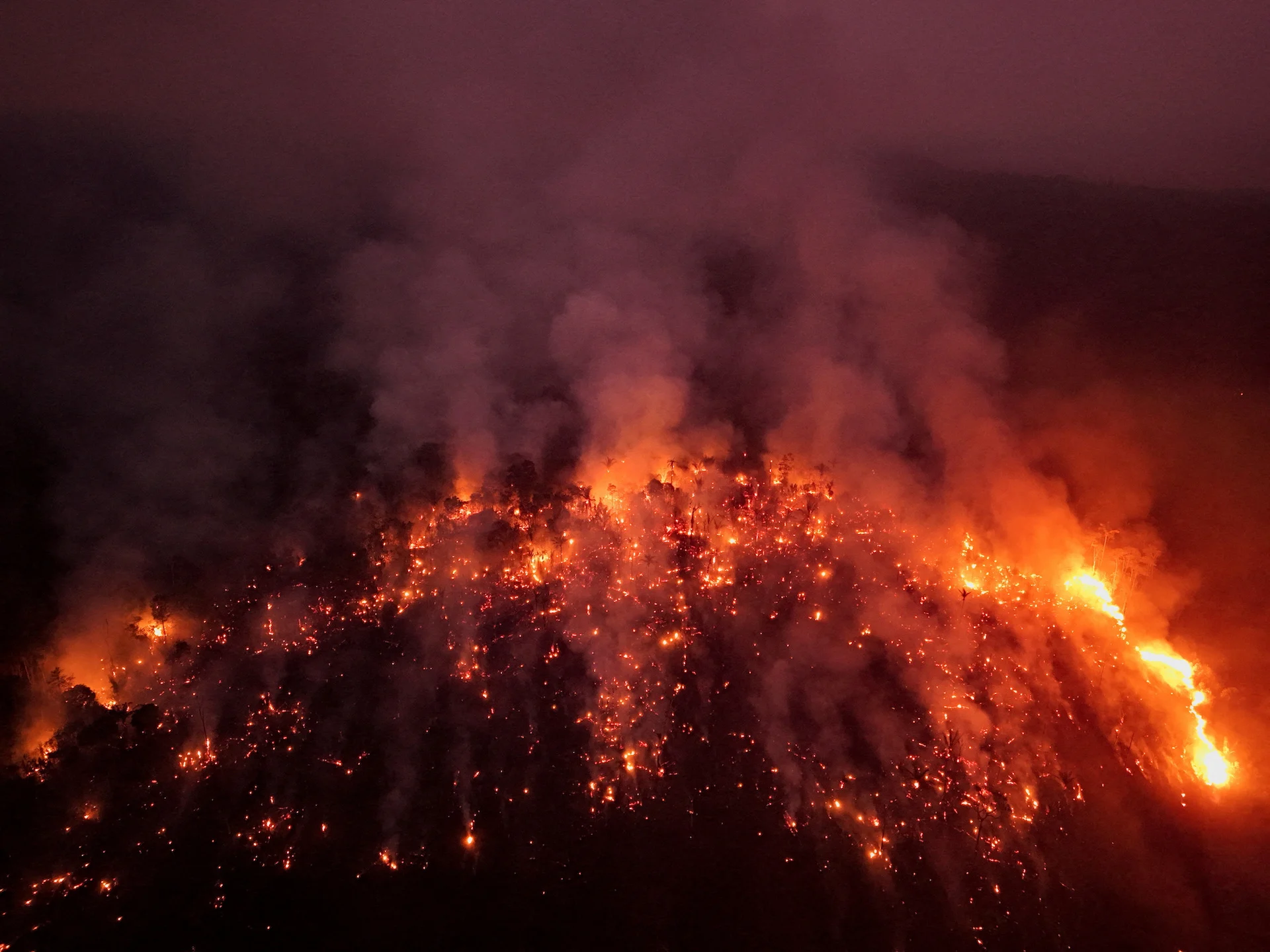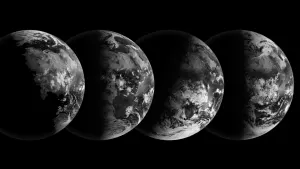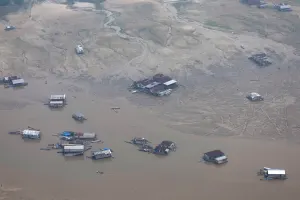
A continent ablaze: South America surpasses record for wildfires
By Jake Spring and Stefanie Eschenbacher
SAO PAULO (Reuters) - South America is being ravaged by fire from Brazil's Amazon rainforest through the world's largest wetlands to dry forests in Bolivia, breaking a previous record for the number of blazes seen in a year up to Sept. 11.
Satellite data analyzed by Brazil's space research agency Inpe has registered 346,112 fire hotspots so far this year in all 13 countries of South America, topping the earlier 2007 record of 345,322 hotspots in a data series that goes back to 1998.
A Reuters photographer traveling in the heart of Brazil's Amazon this week witnessed massive fires burning in vegetation along roadways, blackening the landscape and leaving trees like burned matchsticks.
DON'T MISS: Confirming truths and busting myths on wildfire-climate change connection
Smoke billowing from the Brazilian fires has darkened the skies above cities like Sao Paulo, feeding into a corridor of wildfire smoke seen from space stretching diagonally across the continent from Colombia in the northwest to Uruguay in the southeast.

FILE PHOTO: A drone view shows smoke rising from a forest fire in the Amazon in an area of the the Trans-Amazonian Highway BR230 in Labrea, Amazonas state, Brazil, September 4, 2024. REUTERS/Bruno Kelly/File Photo
Brazil and Bolivia have dispatched thousands of firefighters to attempt to control the blazes, but remain mostly at the mercy of extreme weather fueling the fires.
Scientists say that while most fires are set by humans, the recent hot and dry conditions being driven by climate change are helping the fires spread more quickly. South America has been hit by a series of heatwaves since last year.
"We never had winter," said Karla Longo, an air quality researcher at Inpe, of the weather in Sao Paulo in recent months. "It's absurd."
Despite still being winter in the Southern Hemisphere, high temperatures in Sao Paulo have held at over 32 degrees Celsius (90 degrees Fahrenheit) since Saturday.
Hundreds of people marched in Bolivia's highland, political capital La Paz to demand action against the fires, holding banners and placards saying "Bolivia in flames" and "For cleaner air stop burning."

FILE PHOTO: Smoke from a fire rises into the air in Amazon rainforest in the Apui, Amazonas state, Brazil, August 8, 2024. REUTERS/Adriano Machado/File Photo
"Please realize what is really happening in the country, we have lost millions of hectares," said Fernanda Negron, an animal rights activist in the protest. "Millions of animals have been burned to death."
In Brazil, a drought that began last year has become the worst on record, according to national disaster monitoring agency Cemaden.
"In general, the 2023-2024 drought is the most intense, long-lasting in some regions and extensive in recent history, at least in the data since 1950," said Ana Paula Cunha, a drought researcher with Cemaden.
CANADA'S WILDFIRES: Visit The Weather Network's wildfire hub to keep up with the latest on the active start to wildfire season across Canada.
The greatest number of fires this month is in Brazil and Bolivia, followed by Peru, Argentina and Paraguay, according to Inpe data. Unusually intense fires that hit Venezuela, Guyana and Colombia earlier in the year contributed to the record but have largely subsided.
Fire from deforestation in the Amazon create particularly intense smoke because of the density of the vegetation burning, Longo said.

FILE PHOTO: A tree burns during a fire rising in Amazon rainforest in Apui, Amazonas state, Brazil, August 8, 2024. REUTERS/Adriano Machado/File Photo
"The sensation you get flying next to one of these plumes is like that of an atomic mushroom cloud," said Longo of Inpe.
Roughly 9 million sq km (3.5 million sq miles) of South America have been covered in smoke at times, more than half of the continent, she said.
Sao Paulo, the most populous city in the Western Hemisphere, earlier this week had the worst air quality globally, higher than famous pollution hotspots like China and India, according to website IQAir.com. Bolivia's capital of La Paz was similarly blanketed in smoke.
Exposure to the smoke will drive up the number of people seeking hospital treatment for respiratory issues and may cause thousands of premature deaths, Longo said.

FILE PHOTO: A drone view shows a fire from burning vegetation in Amazon rainforest, in Apui, Amazonas state, Brazil, August 8, 2024. REUTERS/Adriano Machado/File Photo
Inhaling wildfire smoke contributes to an average 12,000 early deaths a year in South America, according to a 2023 study in the academic journal Environmental Research: Health.
September is typically the peak month for fires in South America. It's unclear whether the continent will continue to have high numbers of fires this year.
While rain is forecast next week for Brazil's center south, where Sao Paulo is located, drought conditions are expected to continue through October in Brazil's northern Amazon region and center-west agricultural region.
(Reporting by Jake Spring and Stefanie Eschenbacher in Sao Paulo; Additional reporting by Santiago Limachi and Monica Machicao in La Paz; Editing by Katy Daigle and Sandra Maler)
WATCH: The Amazon rainforest is approaching a dangerous tipping point
Thumbnail courtesy of REUTERS/Bruno Kelly/File Photo.









